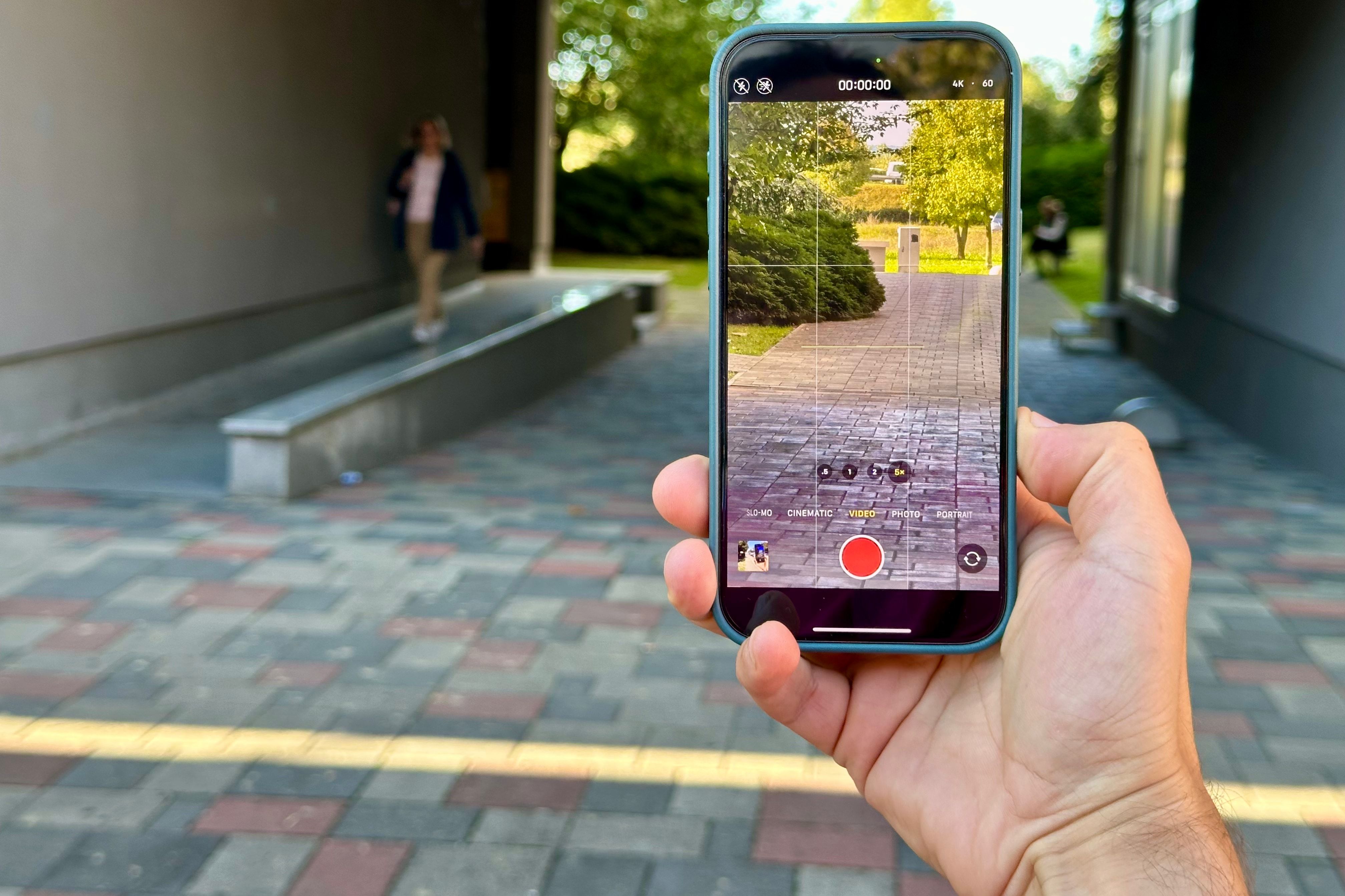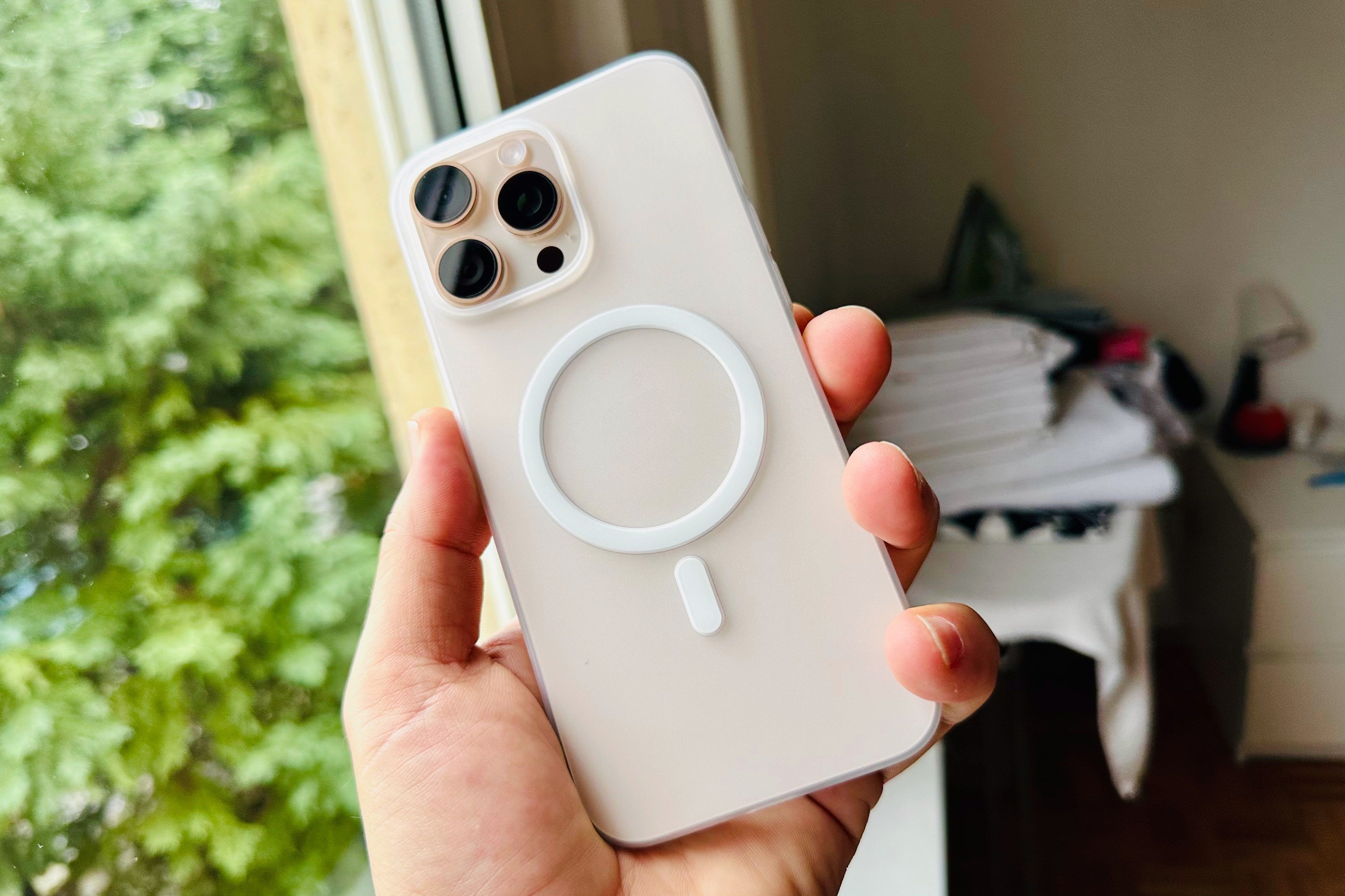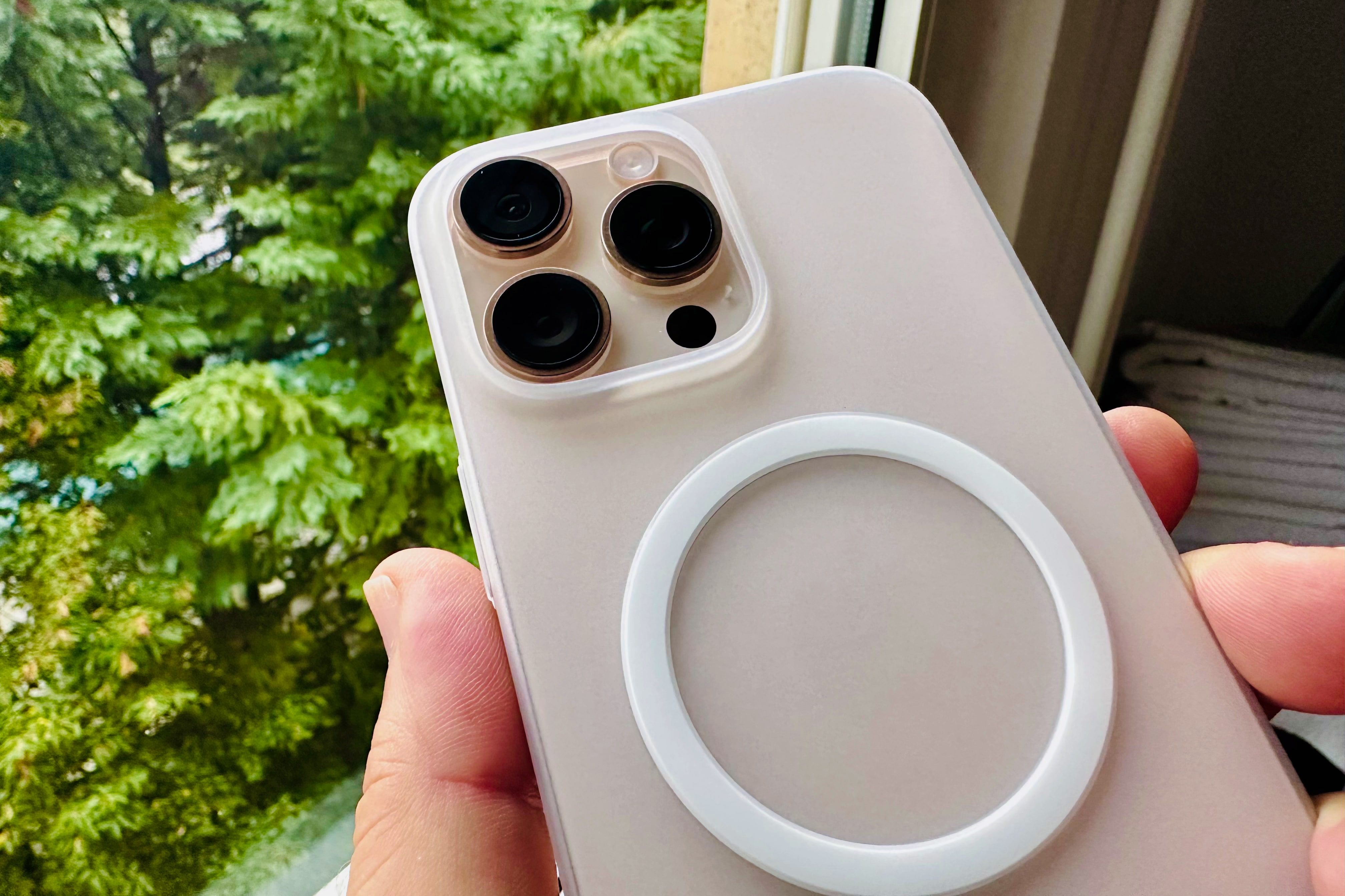Key Takeaways
- Upgraded to the iPhone 16 Pro Max for its better battery life, more storage, and a bigger screen.
- The Pro Max feels like the perfect upgrade if you hate carrying power banks or intend on shooting lots of photos and videos.
- The Pro Max models start at 256GB storage, unlike the regular iPhone 16 Pro which comes with 128GB by default.
I use my iPhone extensively for photography and videography. Therefore, camera quality, storage capacity, and great battery life top my list of preferred features. Like clockwork, I always upgrade to the flagship Pro Max model with 512GB of storage, and this year was no different.
I Spend $200 More on an iPhone Pro Max
I bought an iPhone 16 Pro Max with 512GB of internal storage in the new Desert Titanium color, replacing my 512GB iPhone 15 Pro Max. While no exclusive camera features exist on this year’s flagship, the iPhone 16 Pro Max still offers perks not found on the regular iPhone 16 Pro, such as a larger display, a bigger battery, and twice the base storage.
Those improvements are important to me, hence spending an extra $200 on them.
Who Wants to Carry Power Banks All the Time?
As a full-time digital nomad working remotely, I don’t get the luxury of always being near a power outlet, but I also don’t want to carry powerbanks all the time. There’s something soothing in the peace of mind that comes from knowing my iPhone can sustain me all day long.
My gripe with power banks is that they are another extra thing to carry. I don’t want to walk around the city carrying all my gadgets in a huge backpack. I’ve always been a minimalist. If I need to run some quick errands, I’ll only take my iPhone, keys, ID, and maybe some cash.
The iPhone 16 Pro Max is my go-to camera. I often find inspiration from watching people go about their daily routines but taking photos can drain your battery fairly quickly (almost like playing a game). Regular-sized iPhones are not great for random street photoshoots unless you carry a portable battery.
I don’t need the frustration of seeing the battery level dip below the 20% mark, knowing I won’t have enough juice to finish the shoot (or do anything else once I’m finished).
Apple says that the iPhone 16 Pro Max battery provides up to 33 hours of video playback, 29 hours of streamed video, and 105 hours of audio playback. That’s six more hours of video playback, seven extra hours of video streaming, and 20 more hours of audio than the regular-sized iPhone 16 Pro.
This phone packs a 4,685mAh battery, about 5.5% more than last year’s iPhone 15 Pro Max flagship. By comparison, the regular iPhone 16 Pro has a 3,582mAh battery. Testing conducted by Tom’s Guide showed that the iPhone 16 Pro Max lasted for 18 hours and six minutes, beating the iPhone 15 Pro Max by more than four hours.
This has been my experience so far. It’s quite incredible; I can’t drain the battery thriugh normal daily usage unless I use the camera a lot and sync my Photos library via cellular.
Unfortunately, the iPhone 16 Pro Max’s battery is not encased in aluminum like the regular iPhone 16 Pro to help heat dissipation. The Apple Watch’s battery has a similar enclosure, but this is the first time an aluminum-encased battery has appeared in an iPhone. I don’t understand why Apple debuted this solution in regular iPhone Pros, but not the Pro Max.
Who Doesn’t Like Twice the Storage?
The iPhone 16 Pro starts at 128GB and the Pro Max at 256GB. I don’t think there’s an excuse for offering an iPhone Pro with just 128GB of storage other than squeezing more money out of people like myself. I don’t care about base storage. What I need is at least 512GB.
Twice the storage makes the extra $200 that I paid for the Pro Max easier to swallow, knowing I’ll be able to have my full-resolution Photos library downloaded to the device and still have plenty of storage left for my favorite apps, streaming and other needs.
The iPhone Pro models have slightly larger displays, with the 16 Pro going from 6.1 to 6.3 inches and the Pro Max from 6.7 to 6.9 inches. The 0.2-inch difference is subtle but enough to show a bit more text when reading websites and enjoying photos and videos.
I always go with the biggest-screened iPhones because they have the most room inside for what every iPhone owner loves—bigger batteries. Having more screen real estate is a nice bonus, though you do have to trade some pocket space.
The iPhone 16 Pro Max is marginally wider and taller due to the 6.9-inch display, but I don’t really feel the difference in the palm of your hand despite the humongous size.
I Don’t Regret My Decision
Call me foolish for dropping $200 extra on a slightly bigger screen, but I don’t regret my purchase the tiniest bit. I’m loving that extra battery life, and more storage is definitely a plus. As someone who stares at his iPhone for hours a day and multitasks the hell out of it, it only comes naturally that I’m willing to pay a bit more for Apple’s flagship pocket computer.
With no exclusive camera features this time, like the 5x telephoto lens on last year’s iPhone 15 Pro Max, choosing between the iPhone 16 Pro and iPhone 16 Pro Max no longer means missing out on camera features.
-

Apple iPhone 16 Pro Max
The iPhone 16 Pro Max is a battery powerhouse. It offers unparalleled longevity among iPhones and outperforms most of its competitors.
-

Apple iPhone 16 Pro
A version of Apple’s newest iPhone with a larger screen featuring a camera button, a programmable action button, and artificial intelligence features.




